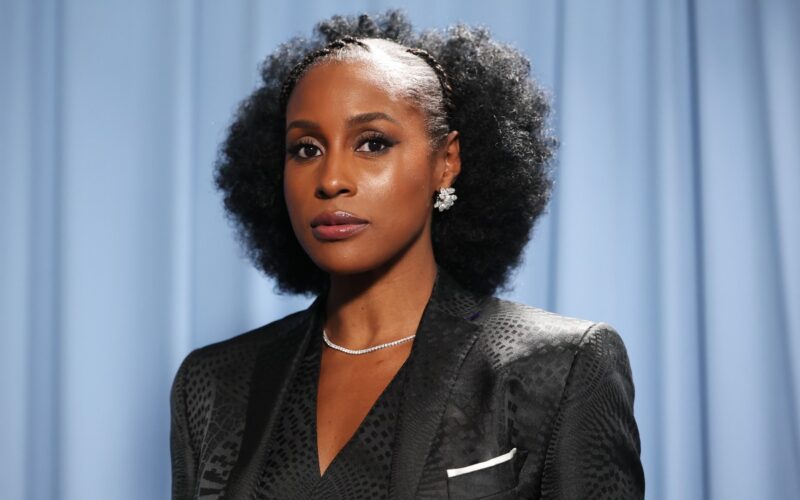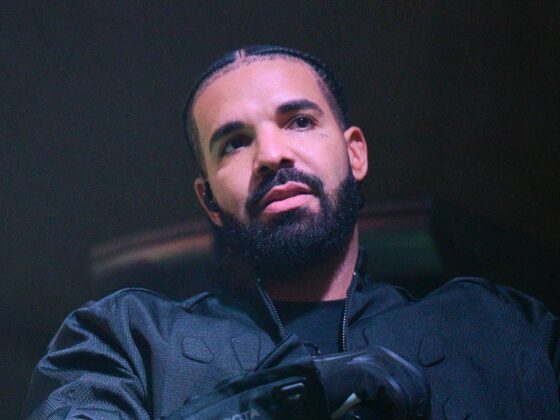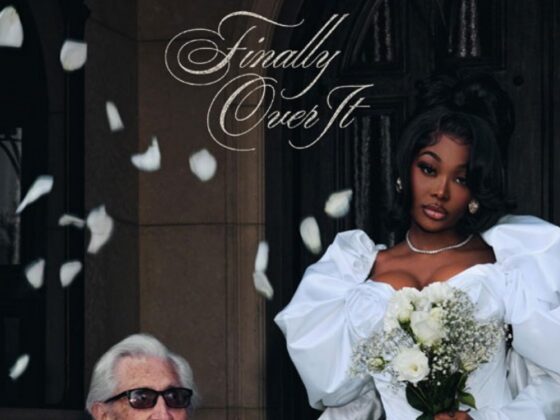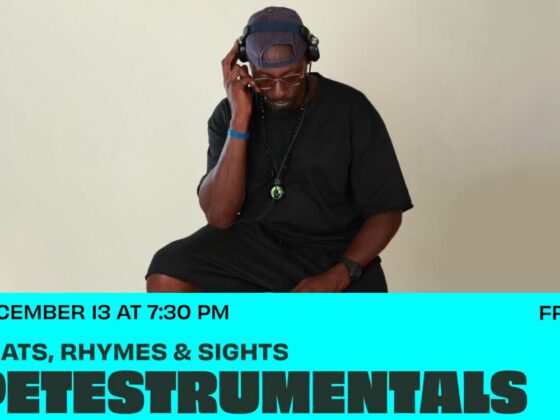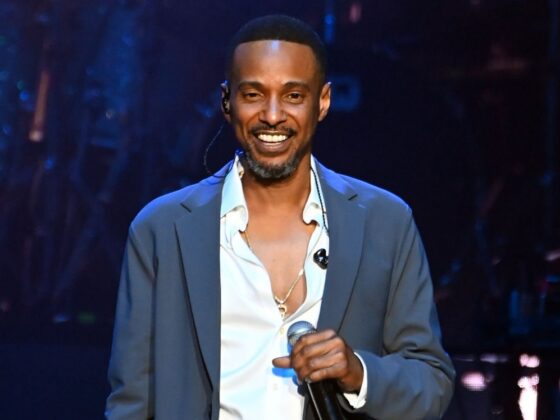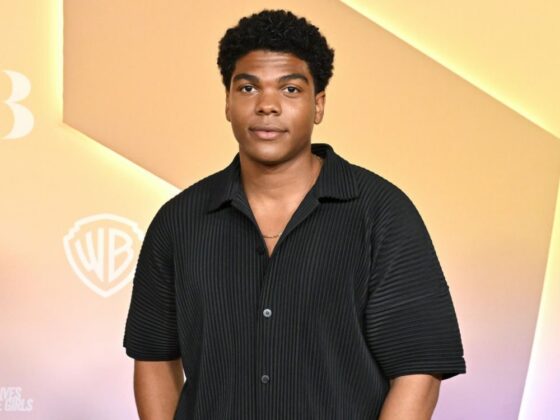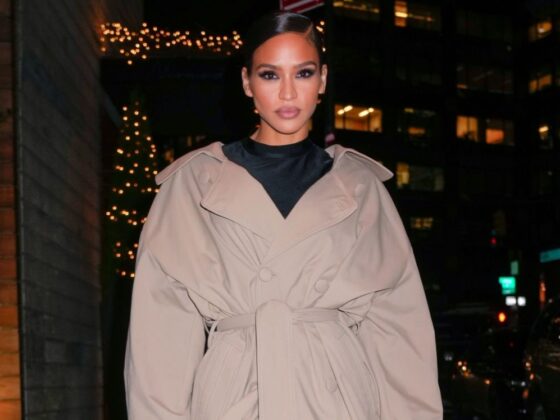Before the red carpets and million-dollar paychecks, some of Hollywood’s biggest names scraped by on credit cards, loans from friends, or whatever they could get. These are real stories of people who believed in their talent enough to take serious financial risks.
Margot Robbie Paid Off Her Mother’s Entire Mortgage
Margot Robbie’s mother, Sarie Kessler, did what many parents wouldn’t dare do: she took money from her home mortgage to help fund her daughter’s acting career in Australia while Robbie was working on the soap opera “Neighbours.”
“Everything I owed my mom, I had it written down,” Robbie told “CBS Sunday Morning” in December 2022. “She’d take money out of the house mortgage to lend me money. So I always knew, I was like, ‘I gotta pay that back.’”
Robbie kept that piece of paper as a constant reminder. After landing her breakthrough role in The Wolf of Wall Street, Robbie surprised her mother on her 60th birthday in 2014 and paid off the entire $490,000 mortgage.
“And then one day, when I made enough money, I just paid that whole mortgage off completely,” Robbie said. “I was like, ‘Mom, don’t even worry about that mortgage anymore. It doesn’t even exist anymore.’”
Her mother, a single physiotherapist who raised four children on Australia’s Gold Coast, later said it was an amazing gift and that the family was proud of Robbie. She called it her best birthday.
Omari Hardwick Borrowed from 50 Cent Despite Starring in “Power”
Omari Hardwick was the lead on Starz’s “Power,” a breakout hit that became one of the network’s most successful series. His compensation was $150,000 per episode, which sounds solid, until production paused between seasons. Hardwick had a family to support and bills that didn’t care about hiatus periods.
“He gave me $20,000 and the next summer he gave me $23,000,” Hardwick revealed on “The Pivot” podcast in May 2022, referring to 50 Cent. “So, for me to give it back to 50 with interest, I was just so proud to be able to do that. And it was early! He felt like, ‘Damn, you can’t be messed up, you need money!’”
What impressed 50 Cent most was that Hardwick actually paid him back with interest. “I think he forever just really, really respects the sh*t out of me for that, we just not taught that in our community,” Hardwick explained. “Barely do we pay anybody back.”
Hardwick said 50 Cent didn’t expect repayment and helped in part because he “absolutely adores” Hardwick’s wife, Jennifer “Jae” Hardwick, and their children. Even so, Hardwick made sure to settle the debt promptly and with interest.
Hardwick later said on the podcast that he “never made what I should have made” on “Power.”
Robert Townsend’s Credit Card Gamble
Robert Townsend spent $100,000 total to make “Hollywood Shuffle” in 1987, a satirical comedy about how Hollywood treats Black actors. He had $60,000 from previous acting gigs in “A Soldier’s Story” and “Streets of Fire.” When that ran out, he started looking at his mail differently.
“I was going through the mail, and it was applications for credit cards: Visa, Preferred Visa, MasterCard, Chevron, Shell,” Townsend told the Los Angeles Times in March 2023. “And that’s when I said, ‘I’ll finish it with credit cards.’ … I think I got about $40,000 in credit cards.”
He maxed out roughly 10 different cards, including store cards from Chevron, Shell, and Saks Fifth Avenue, and kept the project secret because he didn’t want people questioning his approach. The film took two and a half years to complete and was shot over just 12 days.
When asked what would’ve happened if the movie didn’t sell, Townsend joked that they’d be doing the interview from a jail cell.
“Hollywood Shuffle” grossed more than $5 million theatrically. Samuel Goldwyn Jr. gave Townsend a $40,000 check specifically to pay off his credit card debt. The film became a landmark of independent cinema and inspired filmmakers including Spike Lee, Kevin Smith, and the Wayans family.
Issa Rae Maxed Out Cards and Crowdfunded 5 Times More
Issa Rae was working menial office jobs when she created the web series “Awkward Black Girl” in 2011. After the film equipment bought by her father was stolen, she had to replace it herself. The costs started adding up fast.
“All of my credit cards were maxed out. It was like $10,000,” Rae told Money.com in January 2018. “There were definitely moments of despair. Just thinking, ‘Will I ever get out of this hole? Will I ever make enough money to get out of debt?’”
Early episodes cost almost nothing, $5 for the first one, a couple of hundred for the next. Eventually, they escalated to $1,000+ per episode without paying anyone.
After the series gained a following, Rae turned to Kickstarter. Fans raised more than $50,000 to fund season 1, finally allowing her to pay the cast and crew.
“I got completely out of debt the second season of ‘Awkward Black Girl.’ It was the second time I was able to be debt-free,” she said. “This time I knew it was for real.”
The web series became a viral sensation. Season 2 was distributed by Pharrell Williams’ “I am OTHER” channel. HBO came calling soon after, leading to “Insecure.” It ran for five seasons from 2016 to 2021. Rae later signed a $40 million deal with WarnerMedia.
Kevin Smith Maxed Out His Credit Cards for “Clerks”
Kevin Smith made “Clerks” on a $27,575 budget. He pulled the money from every place he could find. He maxed out all of his credit cards with $2,000 limits each, sold his extensive comic book collection, borrowed $3,000 from his parents, and used college education funds plus insurance money from a car lost in a flood.
He shot the movie over 21 straight nights at the Quick Stop convenience store in New Jersey, where he worked for $5 an hour.
“I worked a five-buck-an-hour job, so you know, in retrospect, it was quite a risk,” Smith recalled. His mother remembered: “He was selling some of his comic book collection, statuettes, and everything. And he was just hoping from there that he’d have enough money to start.”
“Clerks” won the Filmmaker’s Trophy at Sundance in January 1994, and Miramax Films picked it up soon after. It also won the Prix de la Jeunesse at Cannes in 1994 and grossed roughly $3–4 million theatrically, an enormous return on a $27,575 investment.
Smith paid off all his debts and bought back his comic book collection. In 1997, he used money from “Clerks” to buy Jay and Silent Bob’s Secret Stash comic store for $30,000.
Ben Affleck and Matt Damon Shared a Bank Account
As teenagers in the late ’80s and early ’90s, Ben Affleck and Matt Damon opened a joint checking account at BayBank. They threw every acting paycheck into it and used the pot for auditions, trips to New York, rent, and utilities.
“It was unusual, but we needed the money for auditions, for trips to New York,” Damon said on “The Bill Simmons Podcast” in March 2023. “As long as one of us had money, we knew the power wasn’t going to get shut off.”
They set loose rules: ten bucks on arcade games was fine.
After “Geronimo” in 1993, Damon felt rich for the first time. “I probably had like 35 grand in the bank,” he told Affleck. “We’re good for a year!”
Affleck framed it as a pact. “We were going to help each other and be there for each other. You’re not going to be alone. I’m not going to be alone. Let’s go out there and do this together.”
Once steady work arrived, the shared account got messy, so they shut it down. Four years later, they won the Best Original Screenplay Oscar for “Good Will Hunting.” In 2022, they launched their production company, Artists Equity.
Will Smith Borrowed from a Drug Dealer
In the late 1980s, Will Smith owed the IRS approximately $2 million in back taxes. He’d chosen not to pay taxes for about two and a half years. “I didn’t forget, I just didn’t pay,” Smith told Idris Elba at a November 2021 book tour event in London.
The IRS seized everything: his house, four cars, and two motorcycles. Smith knew he had to get to Los Angeles to restart his career, but found himself locked out of traditional lending options. “So I borrowed $10,000 from a friend of mine who was a purveyor of neighborhood pharmaceuticals.”
The $10,000 financed Smith’s move to Los Angeles, where he soon landed the lead in “The Fresh Prince of Bel-Air.” Smith learned an expensive lesson about tax planning. Over the show’s first three seasons, 70% of his pay went straight to the IRS.
Above all, he’d learned something millions discover every year: when emergency expenses hit, it’s normal to take out a loan if you can realistically repay it later, and reliable short term lending can mean the difference between giving up and getting to the opportunity that changes everything.
Edward Burns and His Family’s Investment
Edward Burns needed $25,000 to make “The Brothers McMullen” in 1995. Instead of maxing out credit cards like many independent filmmakers, Burns primarily borrowed from friends and family, particularly his father. He shot the film over eight months on weekends in 1993–1994 while working as a production assistant at “Entertainment Tonight.”
“Both of my parents were just, ‘Okay, you wanna shoot in our house? Shoot in our house. Anything you need, we will support you,’” Burns told CBS News.
Burns borrowed $25,000 from friends and family and shot the movie where he could do it for free, the streets of New York and in the house where he grew up. He used the “Entertainment Tonight” crew and equipment during off-hours and cast unknown actors willing to work for free through a Backstage magazine ad.
The initial budget was $25,000 for raw stock and processing, though an additional $213,000 was added post-Sundance for post-production and music rights.
“The Brothers McMullen” won the Grand Jury Prize at Sundance in January 1995 and was picked up by 20th Century Fox/Fox Searchlight as their first release. It grossed $10.4 million domestically and $19.3 million worldwide. While The Washington Post wrote in August 1995 that Burns also “maxed out his credit card,” family loans were the primary funding source.
Kevin Hart Gave Tiffany Haddish $300 When She Was Homeless
In the late 2000s, Tiffany Haddish was one of many celebrities who were previously homeless, living out of her car in Beverly Hills. She and Kevin Hart were up-and-coming comedians working together on “Comedy Playground” at the Laugh Factory in Los Angeles. Hart noticed her car was filled with her belongings.
“Kevin was like, ‘Oh, that’s real commendable, look at your homeless a**,’” Haddish told Vanity Fair in January 2018. “And he gave me $300 and told me I shouldn’t be sleeping in my car. He was asking me where I was sleeping. I told him, ‘Beverly Hills. If Imma be homeless, I’m gonna be homeless in the best area.’ I would park my car in Beverly Hills, and I would sleep over there, and the police would come every morning and make me move.”
Haddish took the money and rented a room at the Snooty Fox motel on Martin Luther King and Western. The next day, she got a call about an apartment for $550 a month.
Haddish tried to pay Hart back multiple times, on the set of “Real Husbands of Hollywood” (where Hart gave her a job) and during “Night School” filming. Hart consistently refused: “I don’t want that money. You keep that money. If I need you to be in something else, you just make sure you can do it.”
Haddish went on to breakthrough success with “Girls Trip” in 2017 and became the first Black woman stand-up comedian to host “Saturday Night Live.”
Kevin Costner’s Property Bet
Kevin Costner had been trying to make “Horizon: An American Saga” since 1988. The four-film Western epic couldn’t secure studio financing, so Costner looked at his property holdings. He owned 17.25 acres of waterfront land in Santa Barbara that he’d purchased in 2006 for $28.5 million. He mortgaged 10 acres of that land, where he planned to build his last house.
“I’ve mortgaged 10 acres on the water in Santa Barbara, where I was going to build my last house. But I did it without a thought,” Costner told Deadline in May 2023. “It has thrown my accountant into a f***ing conniption fit. But it’s my life, and I believe in the idea and the story.”
Costner invested approximately $38 million of his own money in the project and deferred his salary for acting, producing, and directing.
“I’m not a very good businessman, so scratch your head, if you will. I don’t know why, but I have not let go of this one. I’ve pushed it into the middle of the table three times in my career and didn’t blink. This is my fourth.”
Chapter 1 premiered at Cannes in May 2024 and was released theatrically on June 28, 2024. Costner stated: “But I’ll tell you what. I’m never gonna do this again. I’m never putting my f***ing money in another movie after these four.”
Image Credit: Mike Coppola/MG25 / Contributor | Getty Images

